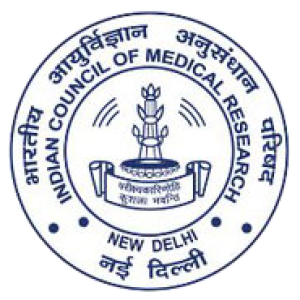The Pathways to Resilience and Mental Health (PARAM) is a longitudinal study of brain developmental trajectories from early life into adulthood and an exploration of the factors [Genome x Exposome] which shape these pathways towards Resilience or Vulnerability to Mental Illness.
The PARAM study is a Task Force Project of the Indian Council of Medical Research and a collaborative study collecting data over nine sites across India.
The PARAM is an extension of an existing ICMR Task Force neuro-developmental cohort of individuals aged between 6-23 years, set up between 2016-2020, through an Indo UK collaborative study – the cVEDA.
The PARAM is collecting information from around 10000 subjects from the population and from mental health clinics to cover the age span from antenatal (2nd trimester) to adulthood (30 years).
The data consists of a] clinical and phenotype measures, b] multi-modal neuro-imaging, c] genotype and epigenetic measures, d] exposome measures, e] measures of biological mechanisms mediating between genome and exposome (inflammatory markers).
– Diagnostic interviews (e.g., FLII, ASSIST, PHQ9)
– Temperament assessments (e.g., ATQ)
– Dimensional psychopathology (e.g., CABI)
– Developmental scales (e.g., WHO GSED, VSMS, Pubertal Developmental Scale, DST)
– Exposure evaluations (e.g., Pregnancy PHI, Childhood Adversity WHO-ACE, Parenting APQ, Bonding PBI, Attachment AAQ, School Climate SCQ, Mobile Usage, Urine Toxicology, PM2.5, Substance usage WHO-ASSIST)
– Nutritional assessments (e.g., Food Frequency FFQ, Nutritional Deficiencies, Anthropometry, Fetal Biometry)
– Medical and family history (e.g., Family History, Pedigree)
– Cognition:
– Working memory (e.g., Corsi Block-Tapping Task, Digit Span Task)
– Processing speed and cognitive flexibility (e.g., Trail Making Test)
– Response inhibition (e.g., Stop-Signal Task)
– Set shifting (e.g., Wisconsin Card Sorting Test)
– Emotion recognition (e.g., Emotion Recognition Task)
– Social cognition (e.g., Social Cognition Rating Tools in Indian Setting)
– Learning and memory (e.g., Auditory Verbal Learning Test)
– Structural MRI for detailed brain morphometry
– Diffusion Tensor Imaging (DTI) for white matter integrity
– Functional MRI for brain activity and connectivity
– Functional Near-Infrared Spectroscopy (fNIRS) for brain activity
– Fetal Neurosonography
– Family Genetic Risk Score from Pedigree
– Genome-wide association studies (GWAS) and Polygenic Scores
– Epigenetic profiling, such as DNA methylation and miRNA
– Blood assays for cytokines and chemokines
– Markers of stress-inflammation and microglial activation
– Gut microbiota and biomarkers of intestinal barrier damage

©2024 Copyrights Reserved | The Indian Council of Medical Research